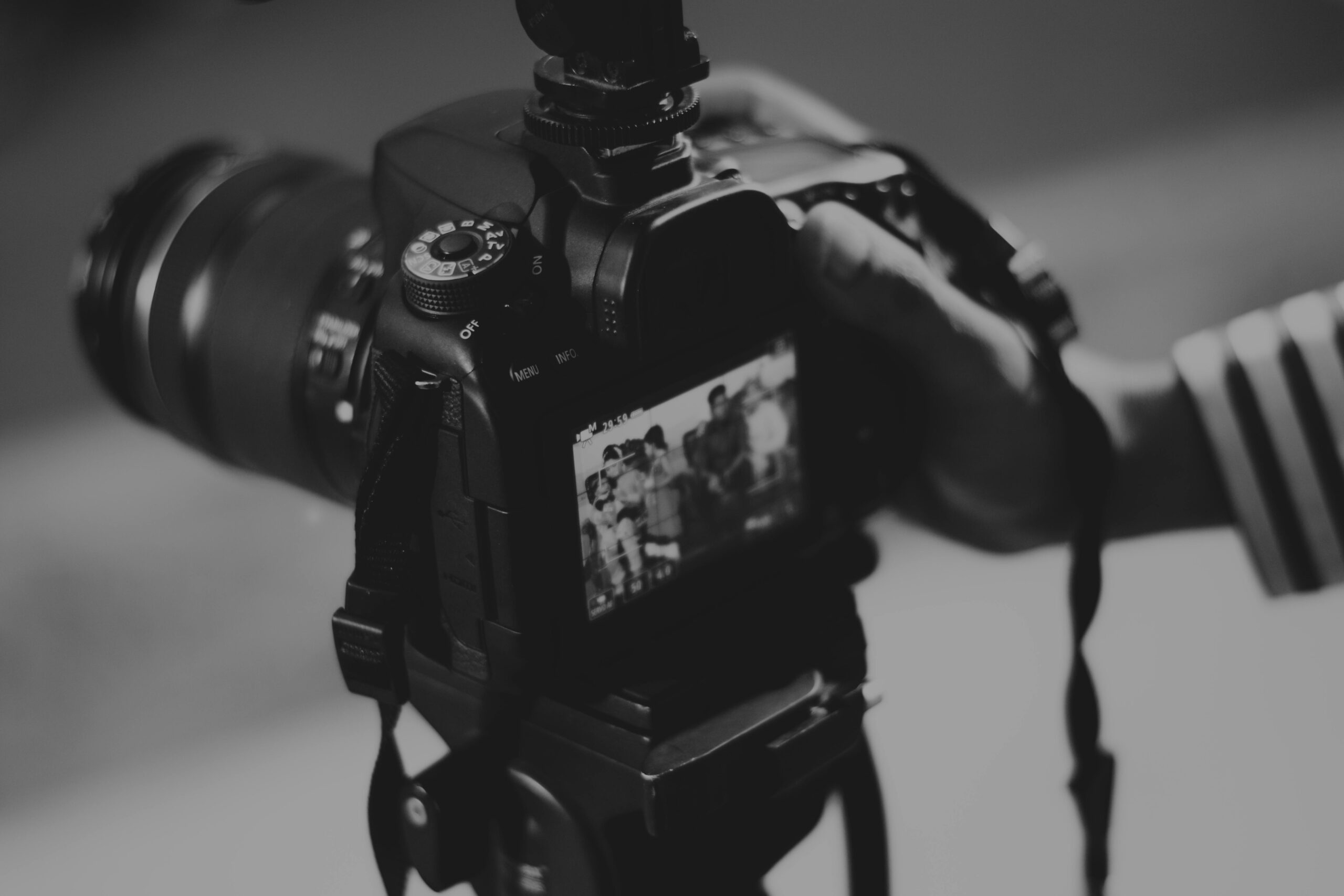Cinematography: The Art and Science of Visual Storytelling

Cinematography is often referred to as the heartbeat of film production, seamlessly blending art and technology to create visually captivating narratives. It’s not just about capturing images; it’s about crafting an emotional experience that resonates with the audience. This article delves into the fundamentals of cinematography, its essential elements, techniques, and the impact it has on storytelling.
What is Cinematography?
Cinematography is the art and technique of capturing motion pictures. It involves a combination of camera work, lighting, and shot composition to create visually stunning images that tell a story. A cinematographer (or director of photography) plays a crucial role in transforming the script into a visual experience, using various techniques to evoke emotions and enhance the narrative.
The Role of a Cinematographer
The cinematographer collaborates closely with the director to establish the visual tone and style of a film. Key responsibilities include:
- Selecting camera angles and movement
- Designing lighting setups
- Choosing the right lenses and equipment
- Collaborating on shot composition
- Overseeing the color grading process in post-production
Key Elements of Cinematography
Camera Angles
The angle from which a scene is shot can significantly affect how the audience perceives it. Common angles include:
- Eye Level: Neutral perspective, creating a sense of realism.
- Low Angle: Makes subjects appear powerful or dominant.
- High Angle: Conveys vulnerability or weakness.
Lighting
Lighting is essential in creating mood and atmosphere. Different types of lighting include:
- Natural Light: Using sunlight or existing light sources.
- Artificial Light: Using lamps, LEDs, or other devices to create specific effects.
- High Key: Bright and evenly lit, often used in comedies.
- Low Key: Dark and shadowy, creating suspense or drama.
Composition
Composition refers to how elements are arranged within a frame. Techniques include:
- Rule of Thirds: Dividing the frame into thirds to create balance.
- Leading Lines: Using natural lines to guide the viewer’s eye.
- Framing: Using objects to frame the subject, drawing attention to it.
Color Grading
Color grading is the process of adjusting the colors in post-production to create a specific mood or look. Different color palettes can evoke different emotions, from warm tones that create a sense of comfort to cool tones that evoke sadness or detachment.
Cinematography Techniques
Long Takes
Long takes involve filming a scene in a single shot without cuts. This technique creates a sense of continuity and immersion, allowing the audience to experience the action in real time. Famous examples include the opening scene of “Gravity” and the hallway fight in “Oldboy.”
Slow Motion
Slow motion adds dramatic effect, emphasizing key moments in a scene. This technique can heighten tension or highlight the beauty of movement, as seen in action sequences or emotional moments.
Aerial Cinematography
Aerial cinematography uses drones or helicopters to capture sweeping landscape shots. This technique allows filmmakers to showcase stunning visuals and establish a sense of scale, as seen in films like “The Lord of the Rings.”
The Evolution of Cinematography
Cinematography has evolved significantly since the invention of the motion picture. Early films were shot in black and white with limited camera movement. With technological advancements, filmmakers gained access to color film, sound, and digital cameras, allowing for greater creativity and expression. Today’s cinematographers can experiment with various formats, including 4K and 8K resolutions, enhancing the visual experience for audiences.
Famous Cinematographers and Their Styles
Several cinematographers have left an indelible mark on the film industry with their unique styles:
- Roger Deakins: Known for his collaboration with the Coen brothers and films like “1917,” Deakins uses natural light and thoughtful compositions to create breathtaking visuals.
- Emmanuel Lubezki: Renowned for his work on “Birdman” and “The Revenant,” Lubezki often employs long takes and natural lighting to create immersive experiences.
- Wong Kar-wai: Known for his vibrant color palettes and unconventional framing, Wong’s work in films like “In the Mood for Love” showcases the emotional depth of cinematography.
The Future of Cinematography
As technology continues to advance, the future of cinematography looks promising. With the rise of virtual reality (VR) and augmented reality (AR), filmmakers have new avenues to explore storytelling. Drones and gimbals have made it easier to capture dynamic shots, while software advancements in post-production allow for more creative possibilities in color grading and visual effects.
Conclusion
Cinematography is an essential component of filmmaking, blending artistry with technical skill to create compelling visual narratives. Understanding its elements and techniques can deepen your appreciation for the craft, whether you’re a filmmaker, enthusiast, or casual viewer. As technology continues to evolve, the possibilities in cinematography are endless, promising exciting developments in how stories are told on screen.



